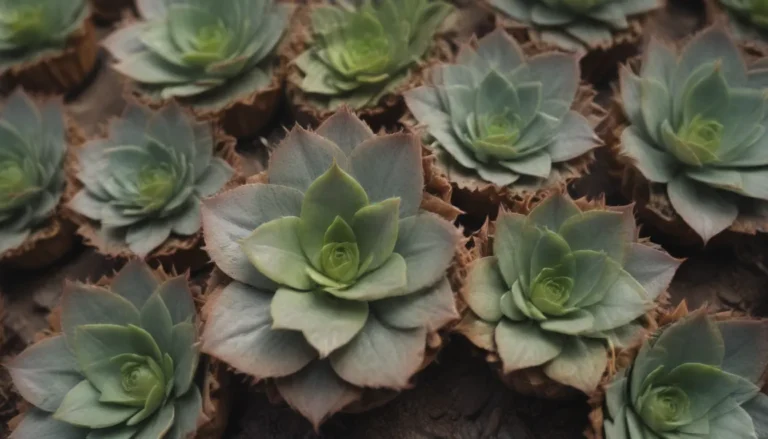The Ultimate Guide to Pruning Japanese Maples

If you have a Japanese maple tree, you know how beautiful and unique they can be. But to keep them healthy and looking their best, pruning is a necessary task that should not be overlooked. In this comprehensive guide, we will walk you through all you need to know about pruning Japanese maples – from why it’s important to when and how to do it.
Why Prune Japanese Maples
Pruning is essential for maintaining the health and appearance of your Japanese maple. Here are a few reasons why you should make pruning a regular part of your tree care routine:
- Health: Removing dead, dying, or broken branches helps promote the overall health of the tree.
- Aesthetics: Pruning can help shape the tree and enhance its visual appeal.
- Maintenance: Regular pruning helps control the size and shape of the tree, preventing it from becoming overgrown.
Remember, a well-pruned Japanese maple is not only healthier but also more visually pleasing.
When to Prune Japanese Maples
Japanese maples should ideally be pruned when the tree is dormant, typically between the first frost of the season and late winter. However, Japanese maples are very forgiving when it comes to pruning and can be pruned throughout the year if needed.
To determine the right time to prune your Japanese maple, consider doing it as part of your annual winter tree inspection. After the tree leafs out, assess its form and make any necessary adjustments to shape and structure. As long as you don’t prune excessively, your tree should not suffer any negative effects.
Tips for Pruning a Japanese Maple
Pruning a Japanese maple may seem daunting, but it’s actually quite straightforward. Here are some tips to help you get started:
-
Clean Your Tools: Before you begin, make sure to clean your tools with a solution of 90% alcohol or bleach and water. This helps sanitize the tools and prevent the spread of pathogens.
-
Remove Suckers: If your tree was grafted onto rootstock, be sure to remove any suckers to prevent them from taking over the plant.
-
Prune Upright vs. Weeping Japanese Maples: Pruning techniques vary for upright and weeping Japanese maples. For weeping varieties, aim for an umbrella-like form by cutting above a line across the trunk. Remove dissimilar leaves on lower branches. For upright trees, remove any branches growing from the grafting stock and decide on the number of leaders you want the tree to have (single, three, or more).
Remember, the key to successful pruning is to understand your tree’s growth habit and prune accordingly.
Tools for Pruning Japanese Maples
When it comes to pruning your Japanese maple, having the right tools is essential. Here are a few common tools you may need:
- Pruning shears: Ideal for cutting small branches and stems.
- Loppers: Perfect for thicker branches that pruning shears can’t handle.
- Pruning saw: Useful for cutting larger branches that loppers can’t reach.
- Gloves: Protect your hands while pruning.
Common Mistakes to Avoid When Pruning Japanese Maples
While pruning your Japanese maple, keep in mind these common mistakes to avoid:
- Over-pruning: Be cautious not to remove too much foliage, as this can harm the tree.
- Incorrect Timing: Prune your Japanese maple when it’s dormant to minimize stress.
- Improper Tools: Always use clean, sharp tools to make clean cuts and prevent infection.
By following these tips and guidelines, you can ensure your Japanese maple remains healthy and vibrant for years to come.
Conclusion
Pruning Japanese maples is a simple yet essential task for maintaining the health and beauty of your tree. By understanding when and how to prune your Japanese maple, you can enjoy a thriving tree that adds beauty to your landscape. Remember, regular pruning not only benefits the tree’s health but also enhances its overall appearance.
So, grab your pruning tools and give your Japanese maple the care it deserves. Happy pruning!





